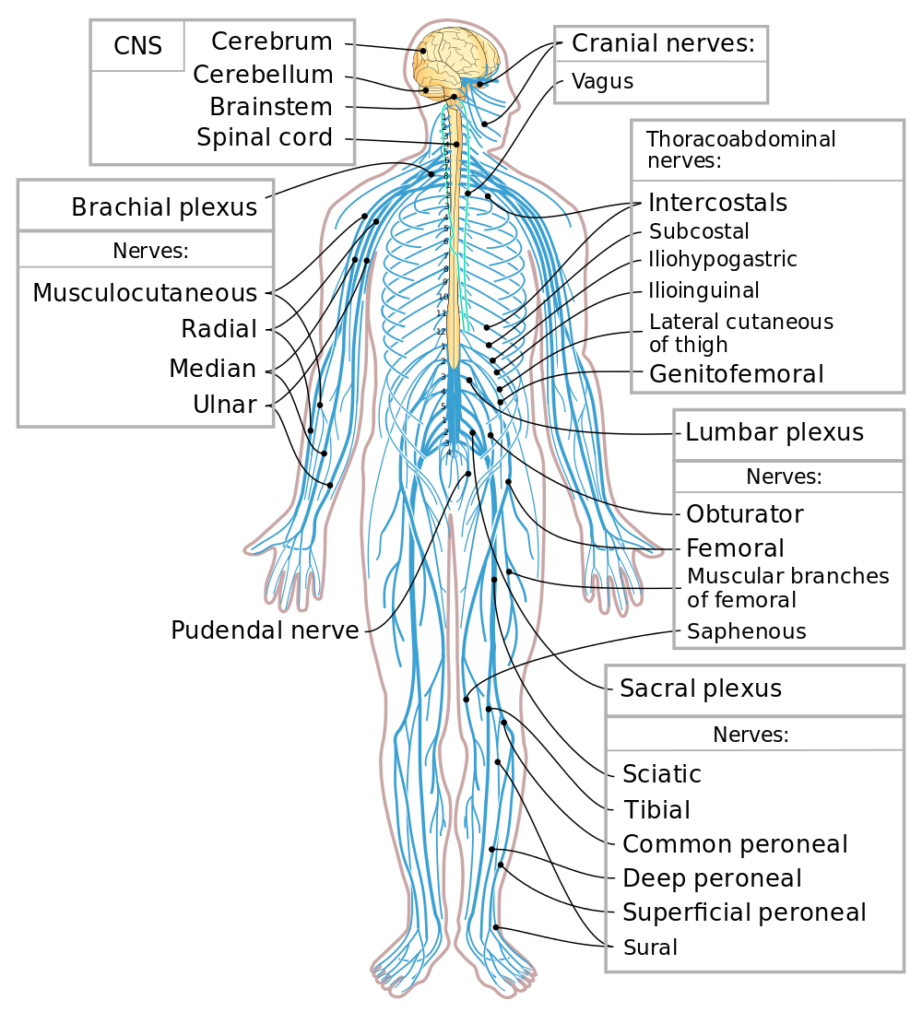A few days ago, I learned from former classmates that my high school sweetheart had died suddenly the day before. I had not seen Bill or heard from him in more than ten years, but I found his obituary online and was immediately swept back in time to my childhood in a small Ohio town, where most of us were classmates and childhood friends from first grade through graduation.
My Childhood Friends
Research has proven the importance of childhood friendships for social and emotional development. But my focus here is more personal, on the importance of childhood friendships for me. I believe these observations hold true for other adults as well.
My childhood friends and I share a unique history and understanding of each other’s lives. We knew each other’s parents, siblings, activities, achievements, and (sometimes) failures.
In a broader sense, we shared music, movies, TV, major news events, and cultural icons.
These shared experiences bring feelings of familiarity that make so many of us enjoy high school reunions.
Some experiences are shared with only one other. With the death of my high school sweetheart, that reflection of me—that mirror—is gone forever. No one else knew me—or could ever know me—in quite the same way.
Similarly, only one friend was present when I learned to ride horses bareback or tried playing chess and decided it wasn’t for me. The retelling is thin, lacking the intensity, thrill, frustration, and laughter. There’s a reason people say, “You had to be there!”
Sheer proximity guides some of the most intense childhood memories. Because I was seated behind her in first grade, I may be the only one of our classmates who remembers Mary Jane peeing her pants in first grade. (The teacher, who thought too many kids were requesting bathroom passes, denied her.)
Friendships require shared interests, activities or tasks—something to bring people together. Bill was a long-distance runner and captain of the track team. I was the statistician for the track team, and we often sat together on the bus to and from away meets. We started going steady and ended up being voted class sweethearts senior year.
By the Numbers
Adults report that, most frequently, their friends are coworkers. Among children most share school, farm chores, sports, music, or other extracurricular activities. Research indicates that children usually have lots of friends, typically 10 to 20.
Friendships become more selective during adolescence, averaging 5 to10 close friends. In adolescence, friendships become more intimate, with the sharing of personal thoughts and feelings as well as time.
Young adults usually experience a further decline in the number of close friends, averaging around 3 to 5, and are likely to be lasting, meaningful connections.
When childhood friendships last a lifetime, they provide a sense of stability and consistency in one’s life.
Sharon, who was my best friend from first grade until we went to separate colleges, has never lived near me since then. But whenever we manage to visit, it’s like we were never apart: we immediately talk freely about matters of family, health, spouses, or social concerns—i.e., anything and everything. I can always count on her. And I believe our mutual comfort is rooted in our shared history.
When childhood friends remain close for a lifetime, they are an important source of support and companionship, even in old age.
Although childhood friendships can last a lifetime for some, others fade due to changing interests, life circumstances, or personal growth.
Some make a distinction between friends of the road and friends of the heart. The former are intense and important until changes like those above separate them. The latter are the ones that last forever, regardless of changes and distance.
Both leave traces in our heats and in our memories.
Bottom Line: Even when they are over, friendships are never completely gone.































































































